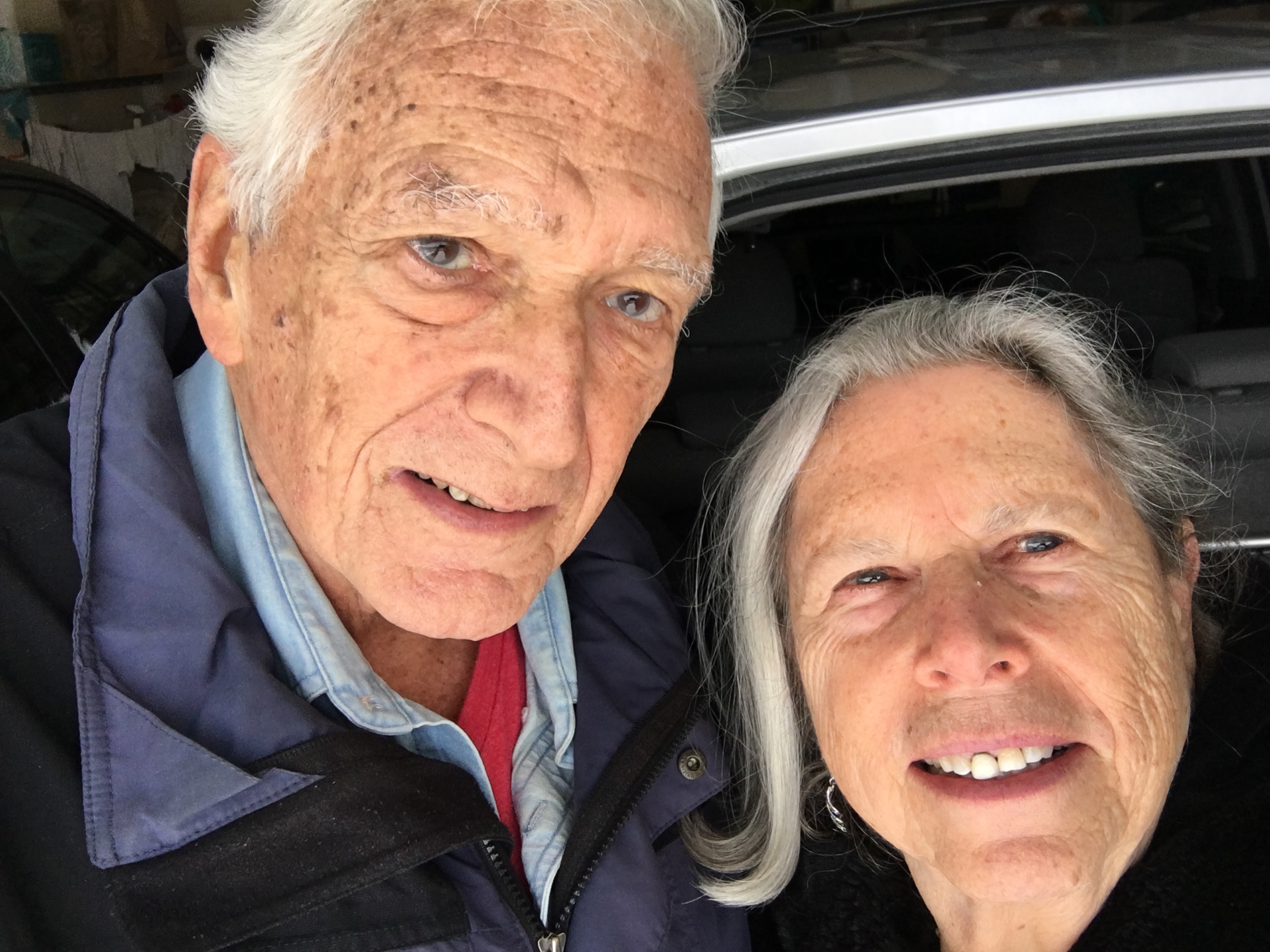I’m not one for making New Year’s resolutions, but somehow as I step into this new year I sense a need to have a philosophy or an approach to handle the continuing challenges of the time we are living in. As I pondered what this approach could be, what came to mind was the important role improvisation has played in my work with the dance company and in the many workshops I have led in so many different situations. When an improvisation works it transcends the moment, connecting the participants together in a new and unique way. Somehow each participant has let go of their individual agenda and given themselves fully to the moment and to each other. Over the years I have experienced this in a variety of different places, and the feeling of connecting deeply was sometimes surprising and always very fulfilling. I have observed it when the Avodah Dance Ensemble nailed an improvisation of a particular Torah portion. Once when I was leading a group of students in a Doctor of Divinity Program it happened as we responded to a line of text in movement, and after the beautiful movement improvisation of about 10 minutes we quietly sat together, not sure what words to use to describe the experience, and just remained quiet, taking in what had happened.
So we are living at a time when it is important to let go of being fully committed to plans. We just don’t know what’s around the corner related to COVID… will there be a new variant that will close things down? How do we interact with people, even if we have gotten the vaccines and booster? This is all very new, and I find I am reminding myself of what I know from years of improvisation and even from the more informal creative movements I learned as a child: having fun and committing myself to the moment and finding the way to respond.
Recently Rabbi Lisa Greene emailed me and asked me if I would speak to a student of hers who was a dancer preparing for her Bat Mitzvah. I agreed and did, and then Lisa and I enjoyed emailing back and forth. Lisa shared a link with me about Viola Spolin, Spolin’s son Paul Sills and Second City Improv Company. It was a program created by the PBS station in Chicago and the description about the program is as follows:
Chicago’s greatest cultural export just might be improvised theater, which was born at Jane Addams’ Hull House during the Great Depression and carried out into the world by the likes of Bill Murray, Tina Fey, Amy Poehler and Stephen Colbert. But while to most people improv might seem synonymous with comedy, the art form was devised by a woman named Viola Spolin who wasn’t out for laughs.
I knew Viola Spolin’s name well and even took a workshop with her in the 60’s in Chicago, probably knowing of her through the graduate work I was doing in theatre either at the University of Pittsburgh or University of Wisconsin in Madison. And I had both her book Improvisation for the Theater and a wonderful box filled with all kinds of cards for games to use in teaching movement improvisation. Her book came out in 1963 and is still available on Kindle or through a website devoted to her work. I highly recommend checking out the website.
Viola Spolin was born in 1906 to Russian Jewish immigrants. In the 1930’s, as a social worker, she began experimenting with theatre games. To learn more about her amazing life, the number of actors and teachers she has directly influenced (along with countless others through them) and why she is called the “mother of improvisation” please check out her biography at: https://www.violaspolin.org/bio
Spolin died in 1994. Her son Paul Sills continued her work during her lifetime and after and there is lots about him in the PBS YouTube link. Her granddaughter Aretha Sills is continuing to lead workshops and has a series online. I just boldly signed up for a workshop beginning March 3rd, meeting once a week for 2 ½ hours, for six weeks. I am very curious to see how she will be leading it online and I definitely want to refresh myself on how an improvisational way of thinking might help to handle the challenges of 2022!

Before I close this blog I want to share a few specific reasons why improvisation can be a guide for 2022. These come from two websites that cite Spolin’s work and express it clearly:
- Live in the moment, responding to what is happening
- “Yes and,” not “No but”! Be positive
- Listen
- Meet the needs of your partner, team or situation rather than your ego
- Do your best and learn from your mistakes
- Don’t have an agenda
- Don’t be afraid to fail
Here’s the link to the two websites that talk about how improvising can contribute to a more positive creative life. https://www.nextavenue.org/mprov-way-through-life/
https://greenglobaltravel.com/how-to-be-happier-5-secrets-to-improvising-your-life/
I look forward to taking the online workshop and most certainly will write a blog about it! SO here is to a new year navigating with flexibility and improvising as we go!

Both images are from the ViolaSpolin.org website. Although it turned out that I didn’t need permission to use the images (as they have the website on the posters), I did check and was pleased to get a speedy positive response from Aretha Sills.
[print_link]



